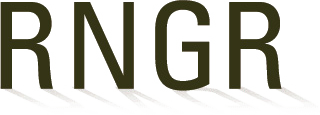
Schoenoplectus (tabernaemontani)
|
Carol and Jerry Baskin Professors University of Kentucky University of Kentucky Lexington, Kentucky 40506-0225 seedlings.uidaho.com |
| Family Scientific Name: | Cyperaceae | ||
|---|---|---|---|
| Family Common Name: | Sedge Family | ||
| Scientific Name: | Schoenoplectus tabernaemontani (K.C. Gmel.) Palla | ||
| Common Synonym: | Scirpus tabernaemontani K.C. Gmel. | ||
| Common Name: | Soft Stem bulrush | ||
| Species Code: | SCHTAB | ||
| Propagation Goal: | plants | ||
| Propagation Method: | seed | ||
| ProductType: | Container (plug) | ||
| Time To Grow: | 0 | ||
| Propagule Processing: | Seed dormancy is physiological dormancy. Seeds were cold stratified for 80 days. | ||
| Pre-Planting Treatments: | Seeds germinate at alternating temperatures of 30/5 C. Germination was greater in light than dark. | ||
| References: |
Baskin C.C. and Baskin J.M. Seeds: Ecology, Biogeography, and Evolution of Dormancy and Germination, Academic Press, 1998. 666p. Clevering, 1995. Germination and seedling emergence of Scirpus lacustris L. and Scirpus maritimus L.with special reference to the restoration of wetlands. Aquatic Botany 50, 63-78. |
||
Citation:
Baskin, Carol C.. 2003. Propagation protocol for production of Container (plug) Schoenoplectus tabernaemontani (K.C. Gmel.) Palla plants University of Kentucky Lexington, Kentucky. In: Native Plant Network. URL: https://NativePlantNetwork.org (accessed 2025/09/16). US Department of Agriculture, Forest Service, National Center for Reforestation, Nurseries, and Genetic Resources.



